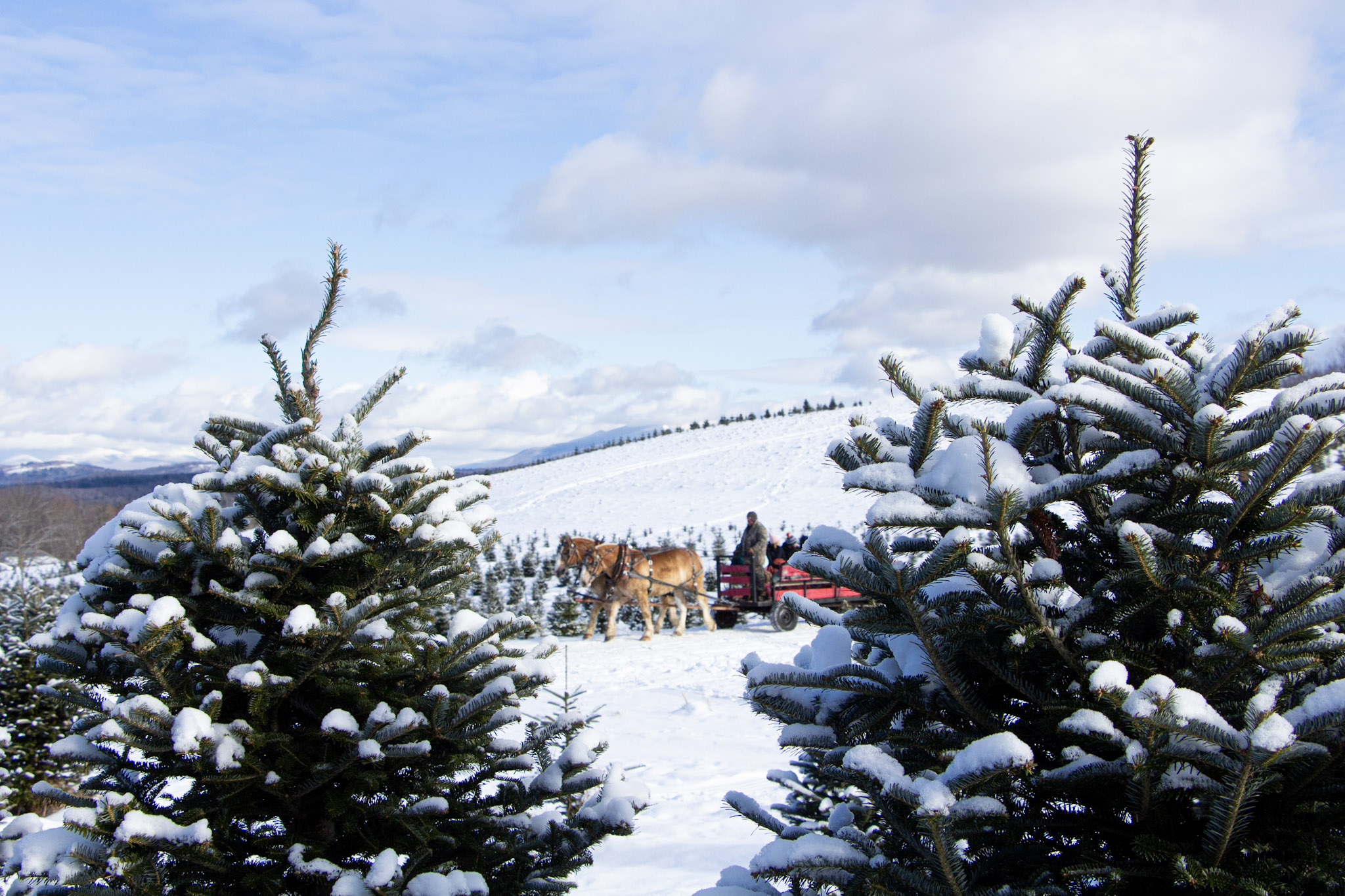- Tags:
- Forest Journal,
- Recreation
Forest Society Communications Coordinator Sophie Oehler takes her dog, Auggie, for a walk on the partially frozen floodplain.
Spring is here —weather or not the temperatures reflect it (pun intended). This year’s vernal equinox happened on Tuesday, March 19 in New Hampshire, after a winter that was New Hampshire’s warmest on record.
As I turn another year older this month, I was reflecting on spring in my childhood. I remembered observing the equinox on a later date (was it March 21?) and then I worried about the state of my memory.
It turns out that anyone who remembers astronomical spring beginning on March 21 is just showing their age, according to The Old Farmer’s Almanac.
“If you thought that the Spring Equinox only ever occurred on March 21, you may be dating yourself,” astronomer Bob Berman recently wrote for the Almanac. “Spring arrived on the 21st of March during most of the 20th century, but the event slides earlier and earlier during the 400-year Gregorian calendar cycle.
“The final March 21 equinox was in 2007 — even if we use Greenwich Time, as many almanacs do.”
But no matter the date on the calendar, the equinox marks the week when sunlight increases at its maximum annual rate — three extra minutes a day for most U.S. cities, Berman wrote — and that’s worth celebrating.
Here in New Hampshire, buds open on silver maples and willows, insects emerge from hibernation, and the chirp of spring peepers echoes at night.
As tempting as it may be to stuff jackets and boots in the closet and head into the woods (or climb a mountain to view the upcoming solar eclipse), there may still be a mix of mud and ice on local trails.
And, a changing climate is causing conditions that make the freeze-thaw cycle even more unpredictable for humans and wildlife.
March Isn’t Always “In Like a Lion”
Winter is warming faster than any other season in eastern North America, according to “Confronting Our Changing Winters,” a publication that was part of a collaborative initiative led by the University of New Hampshire, Hubbard Brook Research Foundation, University of Winnipeg, University of Maine, and Appalachian Mountain Club.
Researchers found a “clear picture of declining snowpack and fewer days with cold temperatures over the last century.”
“Paradoxically, loss of the insulating snowpack can lead to frozen soils, which can damage tree roots and cause decreased growth the following season,” the researchers wrote. “Frozen soils can also change the ability of trees to retain nutrients and carbon.”
“Increases in mud days and winter rainfall can result in wet soils. If refrozen, this can lead to concrete frost formation, altering soil carbon and nitrogen availability, reducing permeability, and increasing surface water runoff.”
Although the report was released in 2020, the 2023-2024 meteorological winter followed the pattern. It was the warmest and second-to-least snowiest on record for New Hampshire, according to the National Oceanic & Atmospheric Administration.
Not only does the loss of snow and increase in rainfall affect forests, but it also means people should expect the unexpected when planning for springtime recreation.
Inside a forest, shaded by a canopy, the ground may still be frozen and slippery in some areas while boots sink into thick mud in sunny spots.
That’s where the principles of Leave No Trace come into play — the guidelines are valuable all year-round for everyone heading outside beyond their neighborhood.
Get Outside in Early Spring — But Be Prepared
New Hampshire's Leave No Trace initiative (visitnh.gov/leavenotrace) is an education program that aims to increase visitor and resident awareness of the ways to help protect the state’s outdoor resources. Three of the guidelines are especially helpful for spring recreation:
- Know Before You Go: If you’re planning to hike at higher elevations, there could still be snow in the mountains into May. As the White Mountains Attractions Association puts it: “When it comes to hiking in the White Mountains anytime between September and May, think WINTER.” Be prepared with the 10 essentials, research the area’s current conditions, and make a backup plan in case conditions differ at the trailhead. While New Hampshire State Parks offer winter recreation, facilities (including bathrooms) might be limited in the off-season.
- Stick to Trails: It’s important to stick to the path and not start new trails that can cause erosion and hurt flora and fauna. As Forest Society naturalist Dave Anderson explained about mud season, the health of soil is at stake. Vulnerable, wet soil needs to be protected from compaction and pooling of water where drainage is poor. It’s better if everyone’s footsteps are constrained to one narrow corridor (even if it is muddy) to reduce our overall impact.
- Keep Wildlife Wild: Wildlife is increasing — and on the move — in spring. Black bears leave their dens in search of food and amphibians begin migrating to breeding sites on warm, rainy evenings. Be careful not to disturb the landscape around you, including taking wild “souvenirs” home or leaving food scraps or dog waste in the woods.
With the state expecting an influx of visitors to view the total solar eclipse in the Great North Woods on April 8, there are also repeated reminders from the New Hampshire Division of Travel and Tourism Development that caution: “April weather is unpredictable.”
With a mix of wind, rain, ice, and mud, early spring is also a blend of hope and skepticism that warmer weather is on the way. And, it’s comforting to know that human sentiment has persisted over time — even as the climate changes the natural world.
For example: nearly a century ago, in 1925, poet Roberta Teale Swartz wrote in “March Incredulous”:
Can the intelligence of sun
Do formerly as it has done –
Warm this slush to scarlet things
And forsythia, full of wings?
This Forest Journal article was originally printed in the Union Leader on Sunday, March 29, 2024.
